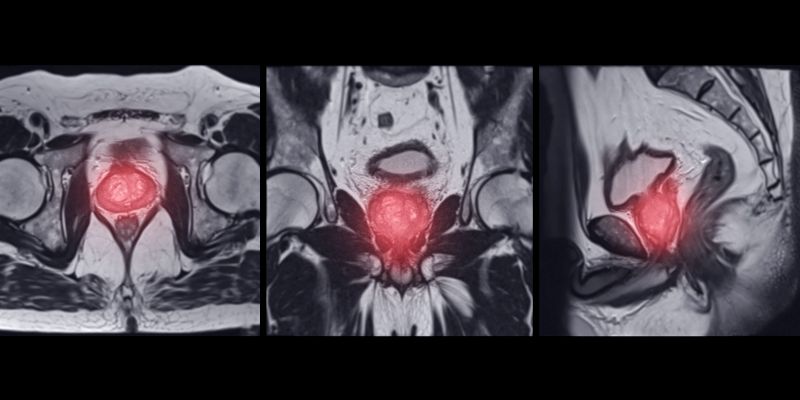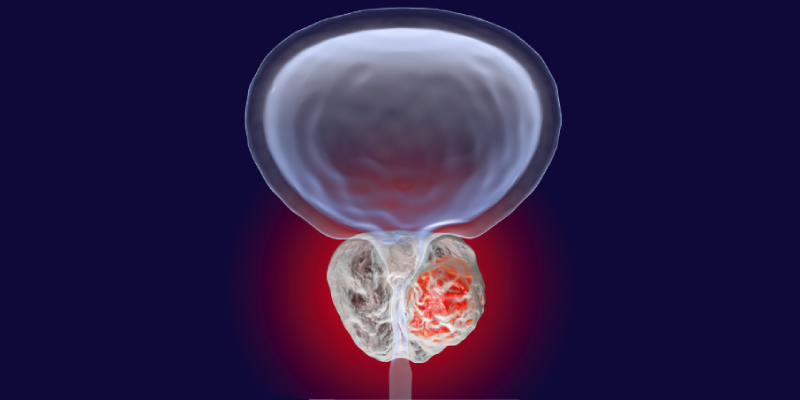Dr. Kimura shares insights on PSMA PET/CT metrics and their potential role in guiding treatment decisions for mCRPC.
Prostate Cancer Diagnostics
Advertisement
Latest News
Preliminary trial data suggests that 18F-DCFPyL PSMA PET/CT combined with mpMRI may improve csPCA detection over MRI alone.
Researchers investigated the use of PSMA PET-CT to determine treatment options for patients with biochemical failure in PC.
18F-fluciclovine PET detected disease in more than half of the study’s patients with BCR and negative PSMA PET results.
The use of MRI-based monitoring can aid in the avoidance of repeat biopsies, and reduce the chances of undergoing surgery.
John P. Sfakianos, MD, discusses the history and use of ctDNA in the GU oncology field.
Maximizing Benefits and Minimizing Harm: Reviewing AUA Guidelines on Prostate Cancer Early Detection
Dr. Salami explains how updated guideline approaches shared decision-making in higher-risk groups.Prostate Cancer Knowledge Hubs
Curated clinical content on prostate cancer types, therapies, and technologies
Conference Coverage
Professor Bex discusses the phase II NEOAVAX trial that evaluated avelumab/axitinib as neoadjuvant therapy in localized RCC.
Samer Srour, MB, talks about the updated ALLO-316 and its use in targeting CD70 in patients with advanced ccRCC.
Dr. Flavell discusses how landmark studies have shaped current trial designs, and growing interest in combination therapies.
Dr. Flavell highlights the expansion of lutetium PSMA therapies into earlier disease settings: HSPC and oligometastatic PC.
Preliminary trial data suggests that 18F-DCFPyL PSMA PET/CT combined with mpMRI may improve csPCA detection over MRI alone.
Quantitative analysis outperformed visual analysis in the prediction of outcomes for patients undergoing Lu-PSMA therapy.














 © 2025 Mashup Media, LLC, a Formedics Property. All Rights Reserved.
© 2025 Mashup Media, LLC, a Formedics Property. All Rights Reserved.